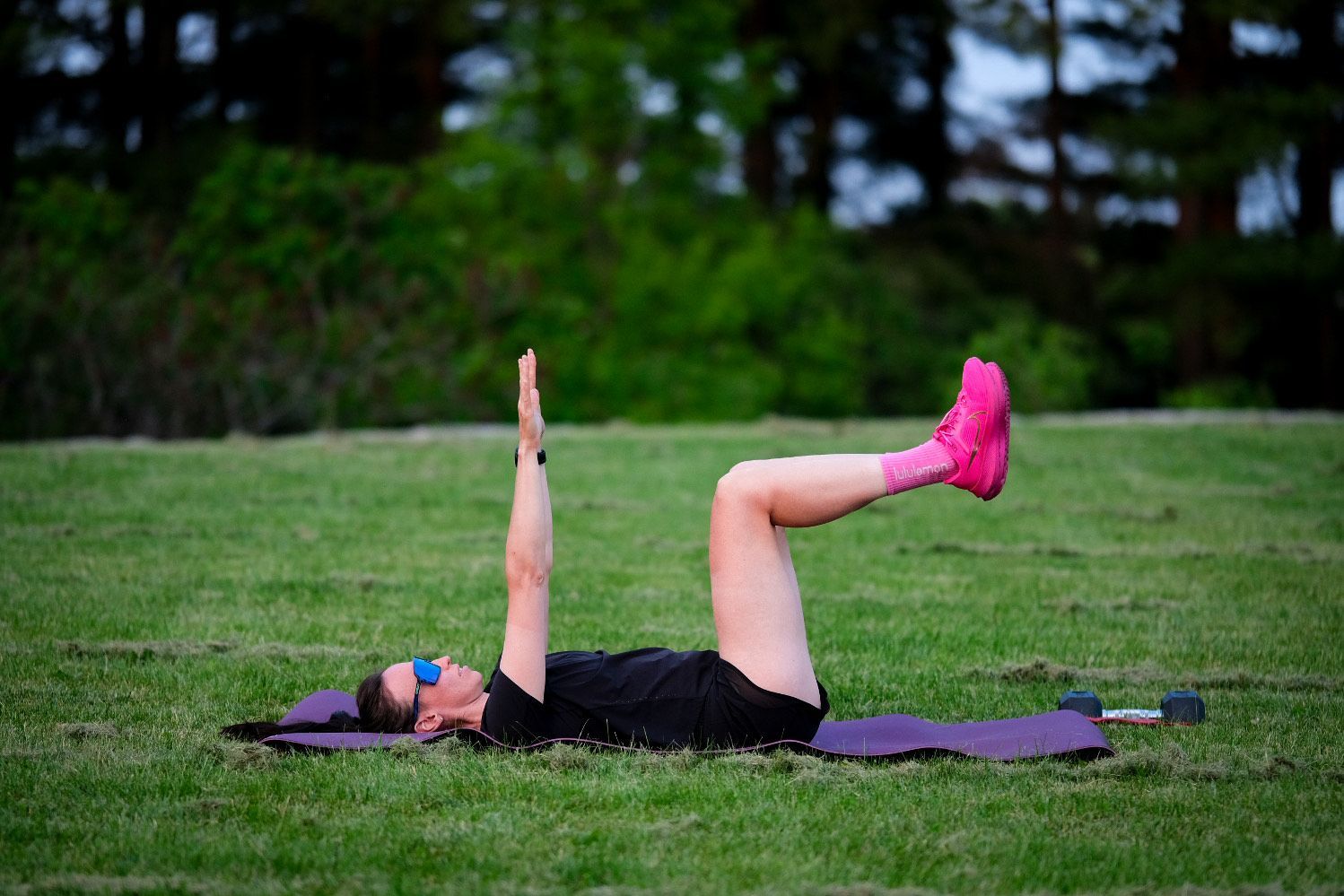By Martin Szydlowski
•
October 15, 2025
Welcome to the Journey If you’re reading this, you’ve got your eye on one of Ontario’s toughest and most rewarding trail races — the Sulphur Springs Trail Race, now a Western States qualifier. Whether you’re gearing up for 50K, 50 miles, 100K, or the full 100 miles, I want to help you arrive ready, strong, healthy, and confident. I know this race inside out. Last year, I managed one of the aid stations at the bottom of Martin Road, and coached multiple athletes who crossed those finish lines from 50K all the way to 100 miles. Every one of them finished. That’s not luck, that’s smart training, grit, and commitment. And I didn’t just watch it happen, I paced one of my athletes through her final 26 km, bringing her to her 100-mile buckle finish. Watching her dig deep and fight through those final loops was one of the most powerful coaching moments of my life. If you’re ready to train with purpose, this guide will show you how to build toward your best Sulphur Springs yet. Why Sulphur Springs Trail Race Deserves Your Respect Sulphur Springs isn’t just another ultra. It’s history, community, and pure challenge wrapped into one. Here’s why it’s special: 20 km loop course through the Dundas Valley Conservation Area, featuring singletrack, forest canopy, and punchy climbs. Each loop delivers roughly 500 m of elevation gain and it adds up fast. It’s Ontario’s oldest ultra, running since the early 1990s, and it shows in the atmosphere and volunteer spirit. 100K and 100-mile finishes under cutoff earn you a Western States ballot, making this Ontario’s only WSER-qualifying event. If you want to test yourself, this is the place to do it. What It Takes to Train for 100 Miles Training for Sulphur Springs, or any ultra, means blending science, structure, and heart. You’re not just logging miles. You’re building durability, learning how to manage fatigue, and training your brain as much as your body. Here’s the roadmap: 1️⃣ The Timeline If your goal is 100K or 100 miles, expect 10–13 months of structured preparation. That gives you enough time for base, build, peak, taper, and recovery. Phases look like this: Base/Foundation (12–16 weeks): Aerobic strength, movement quality, and consistency. Build (12–16 weeks): Volume, long runs, back-to-backs, trail exposure. Peak (8–12 weeks): Race simulation, fatigue training, terrain work. Taper (2–4 weeks): Reduce volume, stay sharp, arrive fresh. If you’re already running 50–70 km weekly, I can compress the timeline while maintaining recovery and safety. 2️⃣ Weekly Mileage & Long Runs Mileage peaks vary by athlete, but here’s what’s common for 100-mile prep on Ontario trails: Base: 50–70 km/week Build: 90–140 km/week Peak: 160–200+ km/week Long runs: 40–60 km or more, often back-to-back weekends Smart training isn’t about chasing numbers. It’s about stacking quality weeks and staying healthy. 3️⃣ Train for the Terrain Sulphur Springs will test your climbing, descending, and patience especially on sections like Martin Road and the escarpment trails. You’ll need hill work (up and down), technical trail exposure, and specific strength to handle the repeated loops. If you can train on course terrain, perfect. If not, I’ll guide you on how to simulate it effectively. 4️⃣ Back-to-Back Long Runs A core element of ultra prep. Back-to-backs build fatigue resistance, fueling rhythm, and mental durability. Example: 40 km Saturday + 30 km Sunday both controlled, intentional, and strategic. These sessions teach your legs and brain how to perform under cumulative fatigue. 5️⃣ Strength, Mobility & Durability Running alone won’t carry you 100 miles. You need a body that can handle the miles. That’s why I integrate: Strength and stability work Single-leg training Mobility and injury prevention drills Core and glute activation This isn’t optional, it’s what keeps you healthy and powerful all season. 6️⃣ Nutrition & Gut Training You can’t fake fueling. You have to train your gut just like you train your legs. We’ll test what works gels, solids, salts, fluids and dial in your intake by time and effort. You’ll simulate race-day nutrition on long runs and learn how to manage your energy over 12–24+ hours of movement. 7️⃣ Pacing & Mental Game No 100-mile race goes perfectly. You’ll hit walls, and that’s okay. The key is pacing control, energy management, and mental resilience. We’ll plan loop strategies, pacing windows, and mental cues to carry you through those dark patches. From Aid Station to Finish Line — What I Saw Last year, I witnessed something special. Athletes I coached started that race with massive goals and finished with pride, exhaustion, and pure joy. Every single one crossed under their own power because we built their training right: foundation, volume, strength, fueling, and mindset. And pacing my athlete through those final 26 km to her 100-mile buckle… that changed me as a coach. It reminded me why I do this, to help people push beyond what they thought possible. Why Train With Me Here’s what I deliver when you join my program: ✅ Custom programming built for your schedule, goals, and body. ✅ Holistic coaching run training, strength, mobility, fueling, recovery, mindset. ✅ Hands-on support: I check in, adjust, and coach you through every phase. ✅ Community of trail runners, strength athletes, and real people chasing big goals. ✅ Proven results for 50K, 100K, 50M, 100M finishers. ✅ Passion & integrity, I live this sport and coach it with heart. Ready to get started? Visit coachmartin.ca for a free consult and let’s build your ultra plan. Start Building Now Here’s how you can start preparing today: Run 3–5x per week (build up to 50–70 km/week). Strength train 2x weekly. Add hill work weekly (both up and down). Practice fueling on long runs. Add back-to-back runs (even short ones). Study the course and visualize your loops. Join trail groups and connect with others training for SSTR. By fall, you are building your base. By spring, you’re peaking. By May you’re ready to take on Sulphur Springs. Final Word: Let’s Do This Together Sulphur Springs will test every part of you, physically and mentally. But it will also give you one of the most powerful experiences of your life. Loop by loop, aid station by aid station, you’ll learn what you’re truly capable of. When you cross that finish line buckle in hand, heart full, it will all make sense. Let’s get you there. Visit coachmartin.ca and let’s start your Sulphur journey together. See you on the trails. Martin



